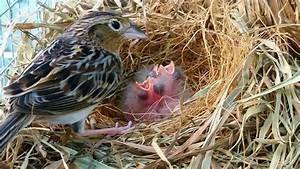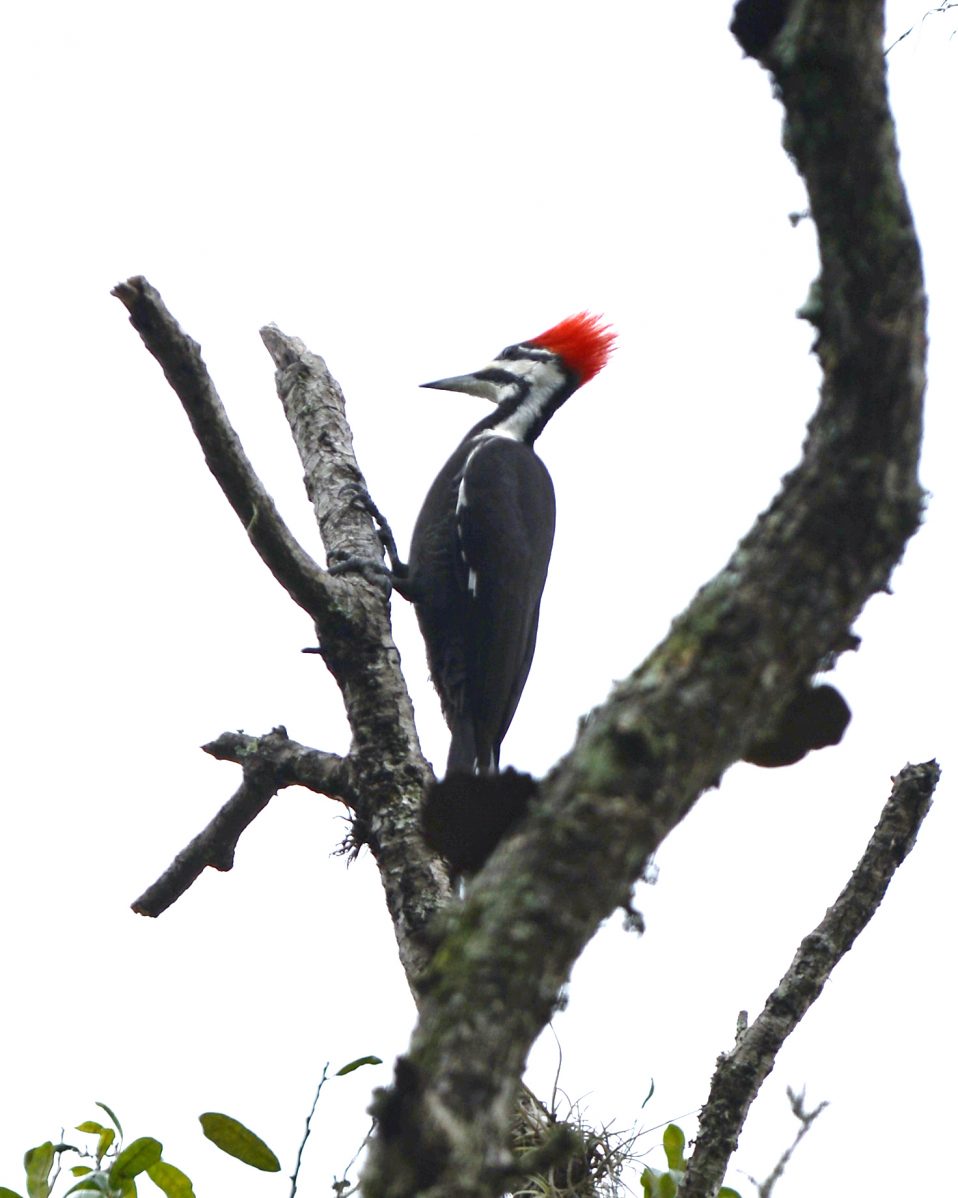The Florida Grasshopper Sparrow (Ammodramus savannarum A. s. floridanus) is one of the most endangered birds in Florida, with less than 50 breeding pairs left in the wild. A subspecies of the Grasshopper Sparrow, the Florida Grasshopper Sparrow, has darker and more gray tones in its plumage and is the only grasshopper sparrow that breeds in Florida. They weigh no more than one ounce as adults. Their coloration and habit of living and nesting in the grass make them almost invisible. The sparrow forages on the ground for small invertebrates, grasshoppers, and seeds. The Sparrow’s nest is concealed under vegetation. Still, they are extremely vulnerable to predation by snakes, birds of prey, crows, rodents, raccoons, skunks, armadillos, opossums, coyotes, fire ants, and box turtles. Females incubate three to five eggs for approximately 12 days. Chicks leave the nest at around eight days old but will stay in the area and be fed by the parents for a few weeks. The Florida Grasshopper Sparrow’s decline began in the 1970s when native prairie grasslands were converted to cattle grazing pastures, sod production, and other agricultural uses. The Florida Grasshopper Sparrow responds well to restoration efforts. Current conservation efforts in Florida to restore native grasslands and breeding programs may help this critically endangered bird recover.
Pileated Woodpeckers
Did you know that the Pileated Woodpecker (Dryocopus pileatus) is one of North America’s largest woodpeckers? It is hard to miss with a black body, a red crest, white stripes on its neck, and black and white stripes on its face. Pileated Woodpeckers love to eat insects, fruits, and nuts. A large part of their diet is made up of carpenter ants and beetle larvae. This is why they are always knocking on trees and wood, sensing a ‘hollow area’ where the insects may be. Once they have located their dinner, they use their bill to drill into the wood and use their long sticky tongues to drag out the insects. Sometimes they will expand the holes they create looking for food and make a roost inside the tree to lay their eggs. Tended by both mom and dad, the little hatchlings will be ready to fledge within 1 month. Males and females are similar, but males have a red forehead, and females have a gray to a yellowish-brown forehead. If you hear knocking outside, be sure to look up and see if you can spot a stunning Pileated Woodpecker.





Recent Comments